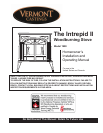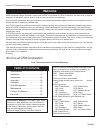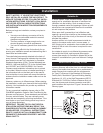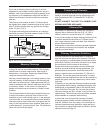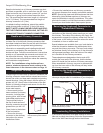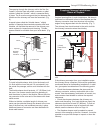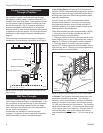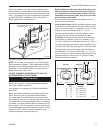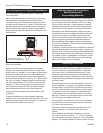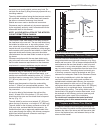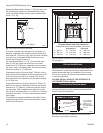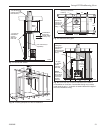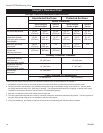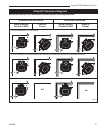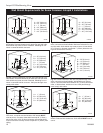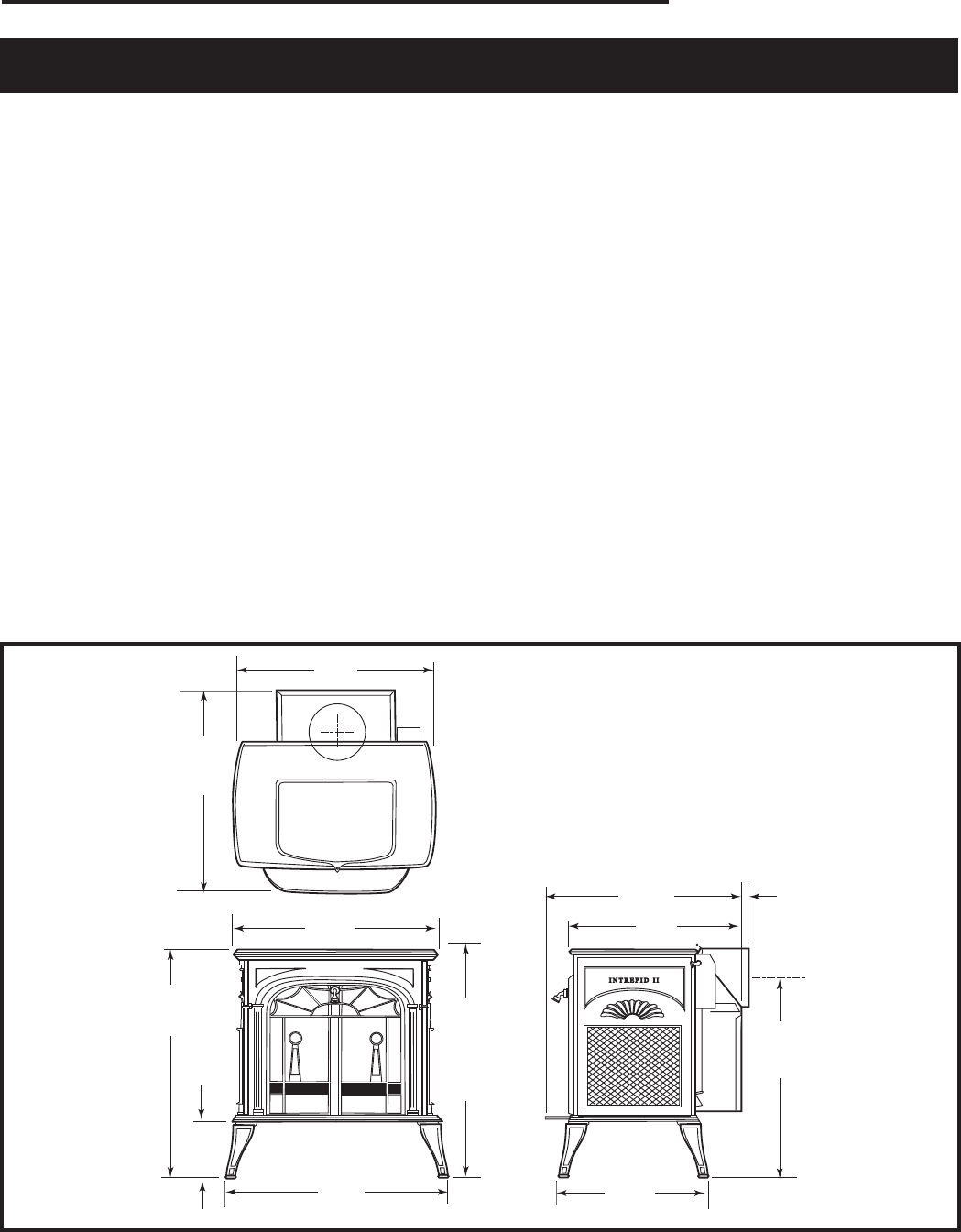
3
Intrepid II Woodburning Stove
2000966
Specifications
Intrepid II, Model 1990
21"
(545 mm)
20"
(510 mm)
25"
(640 mm)
Top exit
flue collar
height
21
"
(540 mm)
24"
(610 mm)
7"
(180 mm)
21
"
(545 mm)
C
L
21
"
(540 mm)
18"
(460 mm)
1"
(31 mm)
20
"
(520 mm)
13
"
(350mm)
0966
Intrepid II
specifications
11/00
0966
DRAWINGS NOT TO SCALE
Fig. 1 Intrepid II 1990 dimensions.
Range of heat output .................8,260-26,740 Btu’s/Hr
3
Maximum heat output .......................... 27,000 Btu’s/Hr
1
Area heated .................. Up to 1200 sq. ft. (112 sq. m.)
2
Fuel size/type ...................................16” (410 mm) logs
EPA emissions rating (g/h, catalytic) .......................2.1
3
Loading ....................................................... Front or top
Chimney connector .................... 6” (152 mm) diameter
Chimney flue size .......................6” (152 mm) minimum
Flue exit position ....................... Reversible, top or rear
Primary air ......Manual set, thermostatically maintained
Secondary air .........................................Self-regulating
Ash handling system .....................Removable ash pan
Glass panels .........................High temperature ceramic
Weight ................................................. 223 lbs. (101kg)
Width (leg-to-leg) .................................. 21¹⁄₂” (545 mm)
Depth (leg-to-leg) ................................. 13³⁄₄” (350 mm)
Height to top of flue collar:
with regular legs .......................25” (635 mm) top exit
............................................... 24” (610 mm) rear exit
with optional short legs .............21” (535 mm) top exit
............................................ 19³⁄₄” (500 mm) rear exit
1. This value can vary depending on how the stove
is operated, the type and moisture content of the fuel
used, as well as the design, construction and climatic
location of your home. Figures shown are based on
maximum fuel consumption obtained under laboratory
conditions and on average efficiencies.
2. These values are based on operation in building
code-conforming homes under typical winter climate
conditions in New England. If your home is of nonstan-
dard construction (e.g., unusually well insulated, not in-
sulated, built underground, etc.) or if you live in a more
severe or more temperate climate, these figures may
not apply. Since so many variables affect performance,
consult your Vermont Castings Authorized Dealer to
determine realistic expectations for your home.
3. Under specific conditions used during EPA emissions
testing.



